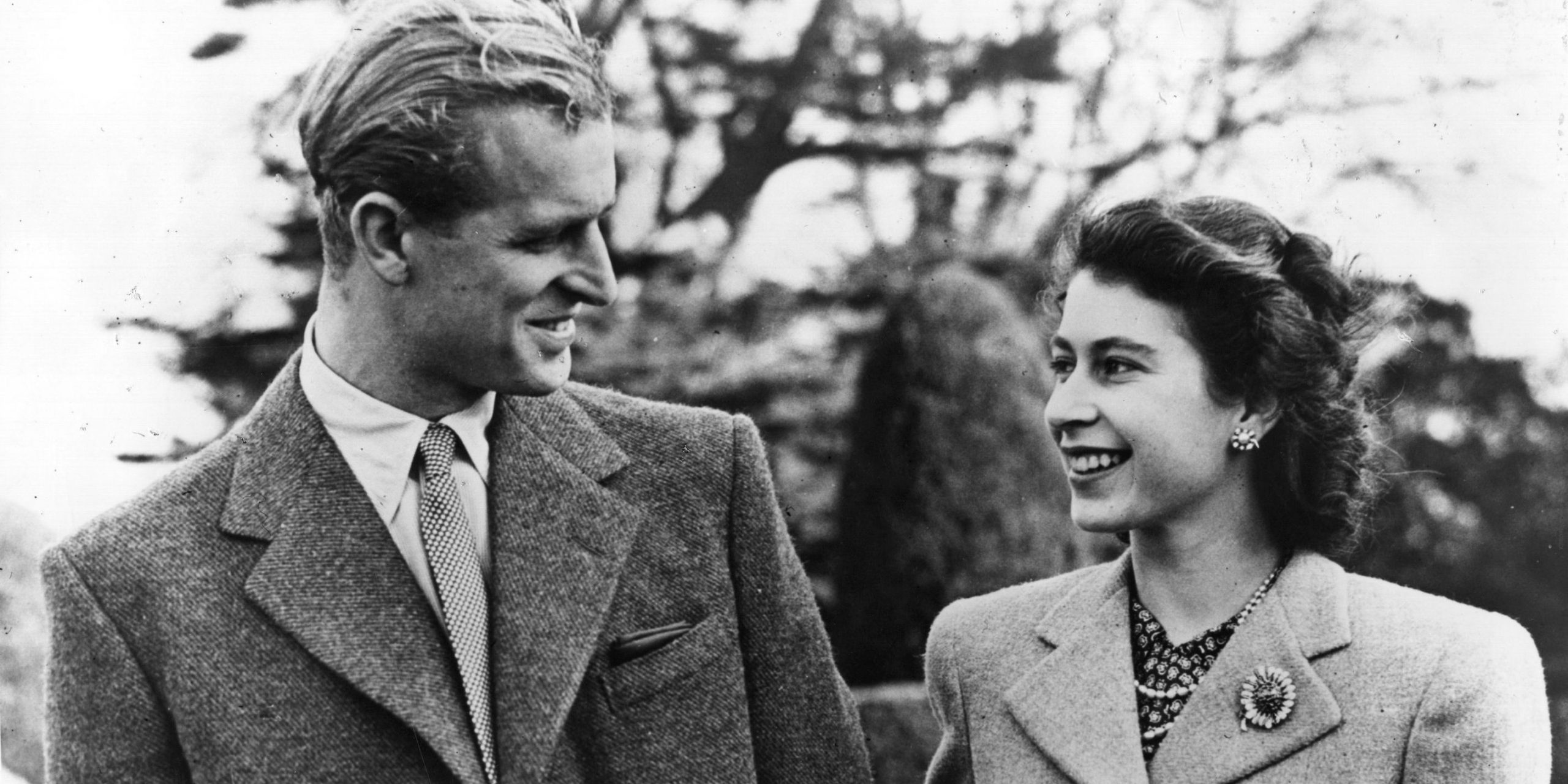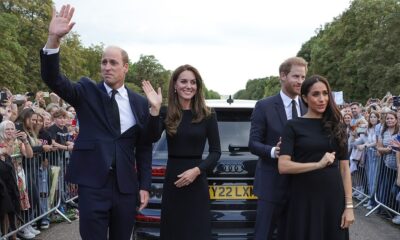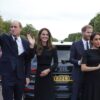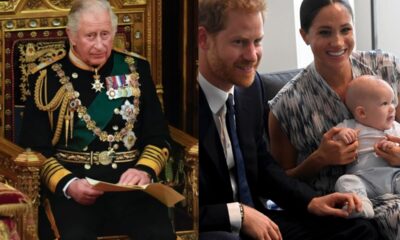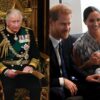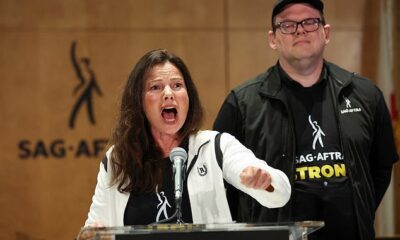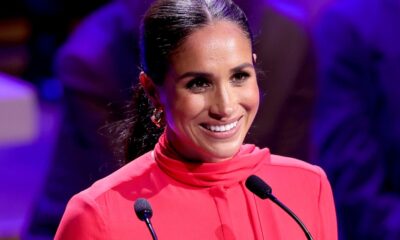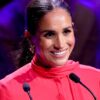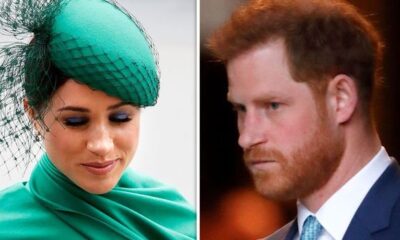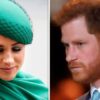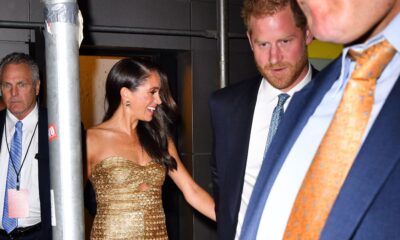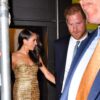Royal Family News
Queen Elizabeth and Prince Philip’s beautiful love story
To the British citizens, he is the longest-serving royal consort in the country's history, having served for 65 years alongside the queen.
Following Prince Philip's death on Friday at the age of 99, the nation — and the planet — paid homage to him.
Philip's death, though, brings an end to a 73-year marriage for his wife, Queen Elizabeth II, which started as a fairytale love story between a teenage princess and her older cousin.
Falling in love
When Elizabeth was eight years old, she saw Philip for the first time at the wedding of Princess Marina of Greece and Denmark (Philip's cousin) and Prince George, Duke of Kent (Elizabeth's uncle) in 1934. They met again at the Royal Naval College in Dartmouth five years later, when Elizabeth was 13 and Philip was 18. It was here, according to legend, that Elizabeth fell in love with her future husband and started exchanging letters.
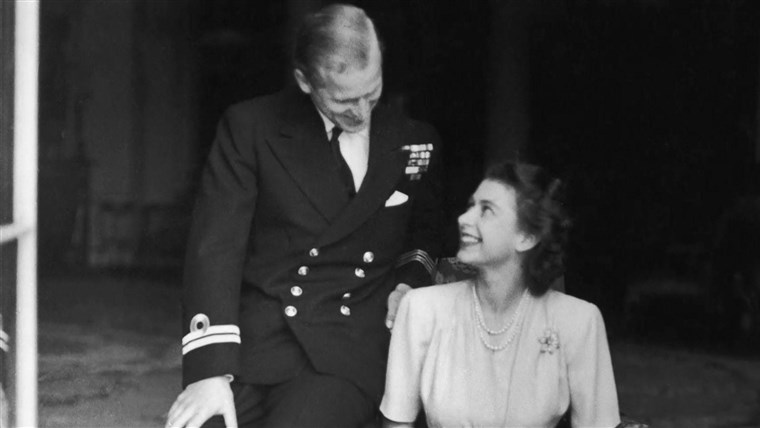
Philip requested her daughter's hand in marriage from King George VI in 1946. The king decided on one condition: Elizabeth's official declaration of the engagement will be postponed until she turned 21 in April of the following year. Both the king and his wife, Queen Elizabeth, were reportedly hesitant to accept the marriage since their daughter was “too young,” according to sources.
Trending:
There were also concerns in postwar Britain over how Philip, who was born in Greece, thought himself Danish, and had German ancestors, might be welcomed as a part of the royal household. Philip gave up his Greek and Danish royal titles when he married Elizabeth, becoming a naturalised British subject and adopting the name Mountbatten from his maternal grandparents. King George bestowed the titles of Duke of Edinburgh, Earl of Merioneth, and Baron Greenwich on him on the occasion of their wedding.
AT THE BEGINNING, THEIR RELATIONSHIP WAS KEPT A SECRET.
Despite his fondness for Philip, the King decided to hold his daughter's engagement a secret for a while. By the summer of 1946, when Elizabeth was about 20 years old, the two had fallen in love and decided to get married. The King agreed to the marriage, but thought Elizabeth was too young. They didn't tell anybody until she was 21.
Elizabeth and Philip tie the knot.
On November 20, 1947, the royal wedding took place at Westminster Abbey (where Prince William and Kate Middleton would later marry). There were 2,000 people in attendance, and the event was broadcast live around the world on the radio.
Some people felt a potential queen shouldn't have to obey anybody at all, thus Elizabeth's use of “to obey” in her wedding vows caused some debate. They relocated to Clarence House near Buckingham Palace after the wedding and held adjoining separate bedrooms, which was the upper-class tradition.
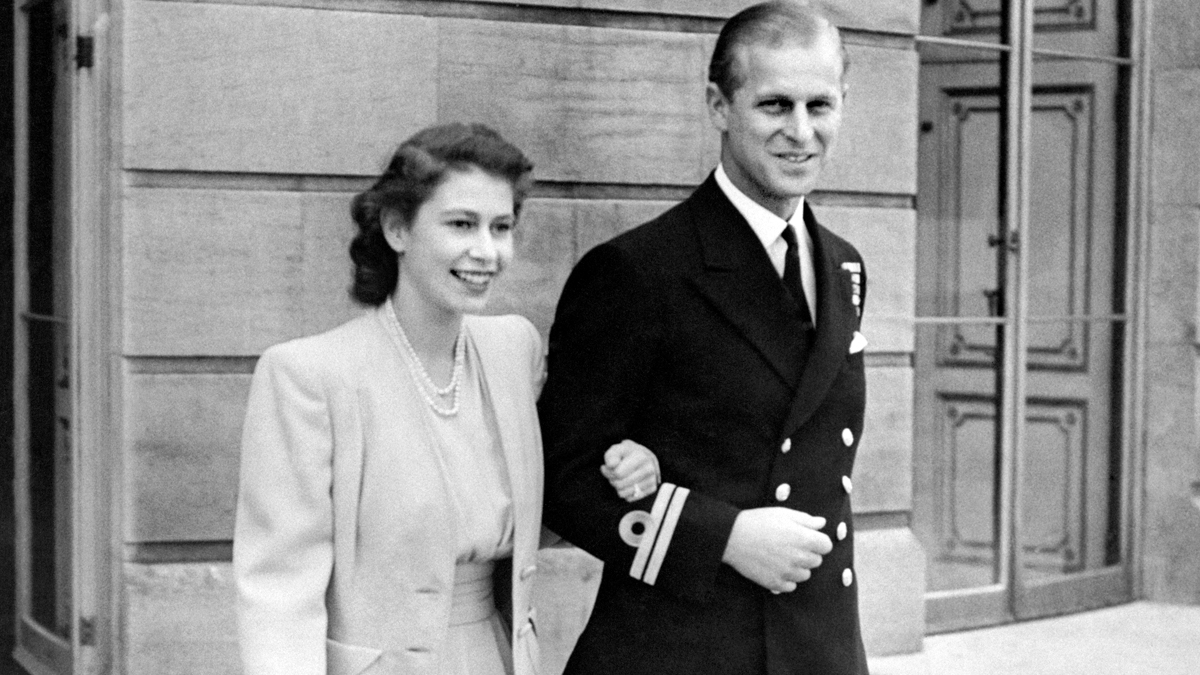
FOR QUEEN ELIZABETH, PRINCE PHILIP QUIT SMOKING.
Philip used to smoke cigars, a practice that the Queen despised because she despised her own father's addiction. According to Vanity Fair, he smoked so often that he had his valet (John Dean) “busy refilling the cigarette boxes.” He eventually gave it up for her. According to Dean, Philip quit smoking “suddenly and apparently without difficulty” the morning of their wedding.
THIS WAS NOT A CONVENTIONAL MARRIAGE.
It is not unusual for royal marriages to be arranged; in practice, the majority of royal marriages are predetermined by other family members. For Elizabeth and Philip, though, this was not the case. When the two met as adolescents, they started writing each other and spending time together whenever they could. Their partnership grew into a full-fledged relationship.
And, fortunately for Philip, the King was a fan of his. The King assured his mother that Philip was “intelligent, has a strong sense of humor, and talks about life in the same way,” according to biographer Sally Bedell Smith.
Life in a foreign place
From 1949 to 1951, the pair lived in Malta, where Prince Philip was posted in the Royal Navy, after their marriage and until Elizabeth became queen. They lived on the Mediterranean island and Elizabeth led a (relatively) regular lifestyle as a naval wife.
In 2007, Prince Philip surprised the Queen by returning to the island for their 60th wedding anniversary (and also to Broadlands, a country house in Hampshire, where they spent their wedding night).
Becoming parents
Elizabeth and Philip had their first child, Prince Charles, on November 14, 1948, and he is now the longest-serving heir apparent in British history. In the years that followed, Princess Anne, Prince Andrew, and Prince Edward were born: Princess Anne on 15 August 1950, Prince Andrew on 19 February 1960, and Prince Edward on 10 March 1964.
The arrival of the four brothers, as well as Elizabeth's accession to the throne in 1952, prompted a debate over the family's surname. Saxe-Coberg and Gotha were the royal surnames until 1917, when King George V decreed that the family name be changed to the less Germanic-sounding Windsor. The name of the Royal House remained the same when Elizabeth became queen, little over three years after Charles was born.
It's debatable if this created some friction with Prince Philip. According to Sally Bedell Smith's biography of Elizabeth, he once secretly lamented, “I am nothing but a bloody amoeba. I am the only man in the country not allowed to give his name to his own children .” Indeed, on February 8, 1960, a Privy Council declaration guaranteed that Elizabeth's and Philip's male-line heirs would bear the surname Mountbatten-Windsor.

PHILIP WAS NOT OVERJOYED. HIS NAME COULDN'T BE KNOWN BY THEIR CHILDREN.
Philip was still irritated that his name was not taken by the family. Mountbatten, his surname, was intended to be the royal surname. When Queen Mary and the Queen Mother learned about this, they became furious and determined to retain the Windsor brand. Winston Churchill agreed, and the three of them persuaded Elizabeth to choose Windsor.
PHILIP HAS A WEIRD NICKNAME FOR ELIZABETH.
It's difficult to picture someone other than Philip addressing the Queen as “Her Majesty.” Philip refers to his wife as “sausage,” according to Sally Bedell Smith's book Elizabeth The Queen. The name comes from the fact that she doesn't have a normally friendly face, but she always seems grumpy as she sees new people. “Don't look so sad, Sausage,” Philip said to her on one formal day. The moniker remained.
RUMORS AROSE THAT PHILIP WAS UNFAITHFUL
Philip was a member of a gentleman's lunch club in the 1950s, and he took tours on the royal yacht Britannia, fueling rumours that he was having affairs. He was “romantically involved with an unnamed women whom he met on a regular basis in the West End apartment of a society photographer,” according to The Baltimore Sun in 1957.
Since there was too much speculation, the royal family had to provide a clarification claiming that all was “quite untrue.” Philip answered the rumors at one stage, asking, “How could I? I've had a detective in my company, night and day, since 1947 . Since the alleged ‘party girl' affair in the mid-1950s, Philip has learned to carry on his flirtations and relationships in circles rich and grand enough to provide protection from the paparazzi and the tabloids,” Sarah Bradford wrote in a profile of Elizabeth.
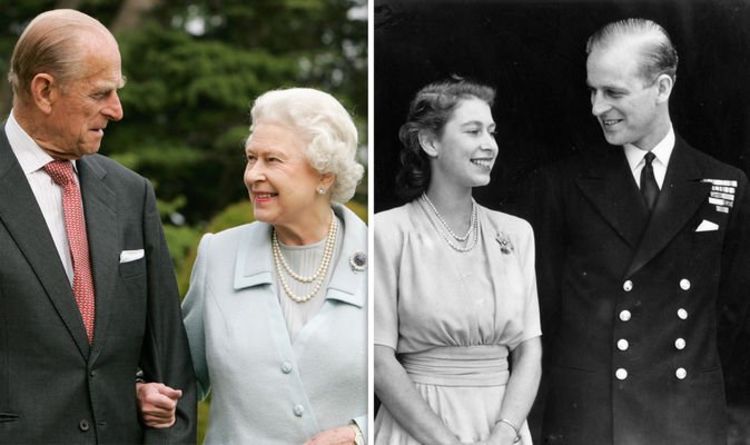

Top stories:

